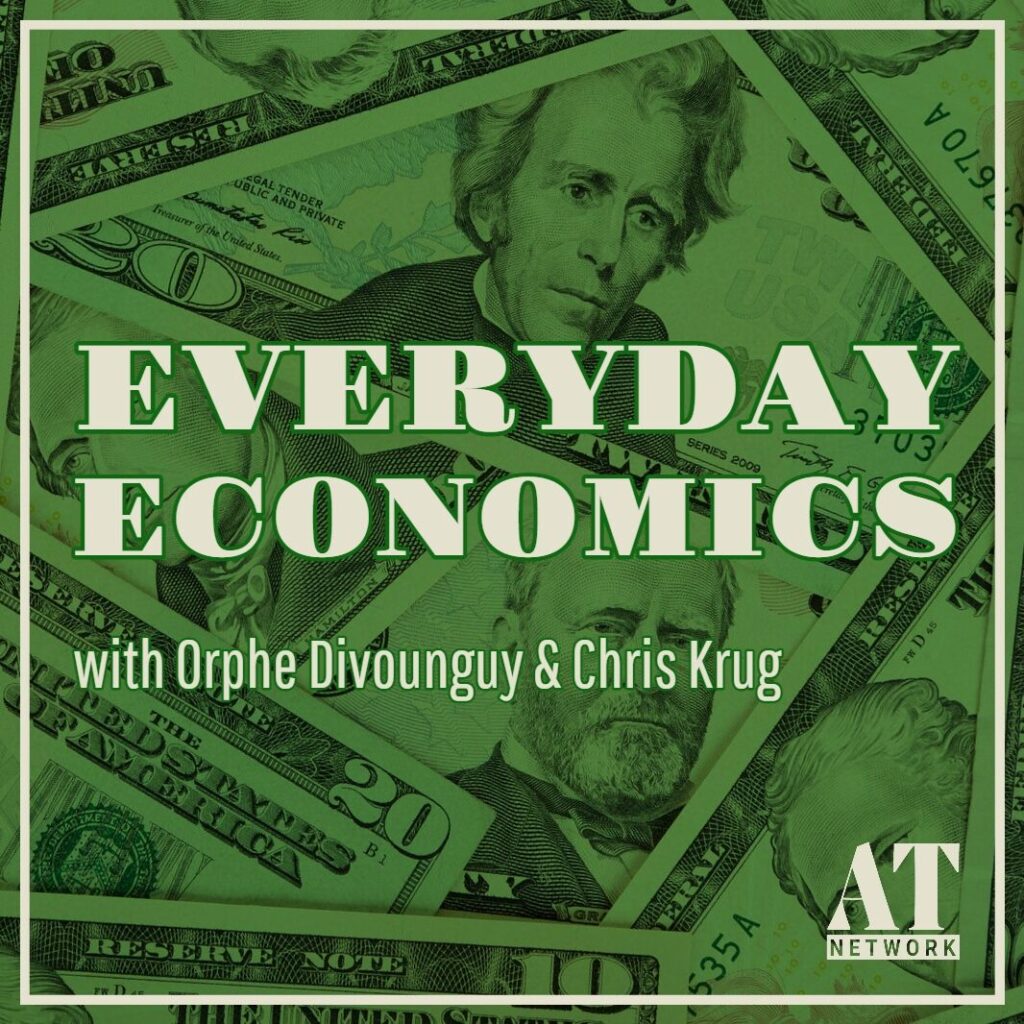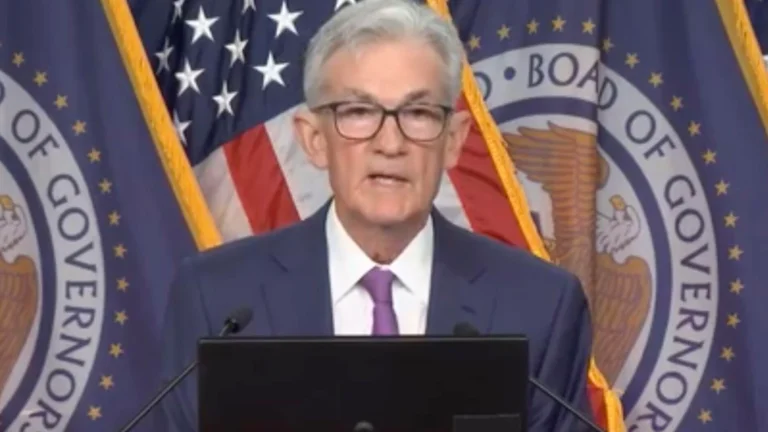By Orphe Divounguy | The Center Square
(The Center Square) – This week will be light on data releases, but heavy on Federal Reserve insights that could shape market expectations for the remainder of 2025.
Fed Minutes Take Center Stage
A couple of Fed president speeches and more importantly the minutes of the Fed’s Federal Open Market Committee meeting will likely steal the show. Expect to see highlights of the current discussion: weighing the risk of higher tariff-induced inflation versus a slowing labor market that is beginning to show serious cracks.

After the June meeting, the FOMC updated its expectations for economic growth and inflation in its Summary of Economic Projections (SEP). The median projection for the unemployment rate in 2025 was revised higher to 4.5% from 4.4%. However, inflation was also revised up to 3% from 2.7% in the previous SEP. All signs point to rising stagflation concerns among the FOMC.
Key Data Releases to Watch
- The June NFIB Optimism Index
In May, business optimism recovered slightly on improving sales expectations. After the big tariff scare in April, the subsequent pullback by the administration coupled with an array of tax cuts in the tax bill helped improve business sentiment. So long as tax policy is expansionary and supports consumers, sales volumes should increase along with businesses’ ability to pass on any tariff costs to consumers.
However, despite this improvement, plans to increase employment continued to fall, suggesting the labor market will likely continue to slow. The latest jobs report showed the private sector only added 74,000 jobs in June, down from 137,000 jobs in May.
- Consumer Credit Report
Consumer credit is expected to show a slowdown. In April, consumer credit increased at a seasonally adjusted annual rate of 4.3%. Given the mounting pressures on consumer finances from student loan delinquencies and tightening credit access, any deceleration in credit growth would signal further headwinds for consumer spending. The slowing labor market is also causing consumers to save a higher share of their income.
What It All Means
The Fed finds itself in an increasingly difficult position. Rising unemployment suggests the need for easier monetary policy, while persistent inflation pressures and tariff concerns argue for maintaining restrictive policy. The minutes will reveal how policymakers are weighing these competing forces.
For markets, watch for any signals about the Fed’s tolerance for higher unemployment in service of bringing inflation back to target – or conversely, any willingness to accept above-target inflation in the near term to support employment.
Orphe Divounguy is an economist with Zillow and the co-host of The Center Square’s Everyday Economics podcast.

